Viva il doge – long live the doge.

It is not uncommon to find old writings and graffiti on the walls in Venice. Like in ancient Pompeii, the Venetians would write messages and proclamations on the walls of the city.
Some years ago, the Venetian writer Alberto Toso Fei found a hitherto unknown writing (in cocciopesto) on the side of the façade of the deconsecrated church of Santa Giustina.
The lower parts of the writing are mostly lost, but the first lines are readable.
The first line only contains the symbols W, a drawing of the doge’s hat, and another W. W means viva, which is the exclamation “long live”. The doge’s hat, the corno ducale, refers to the doge as head of state.
The message is therefore “Long live the doge”.
The next line reads “W ANDREA” which is fairly straightforward.
There is more text, but it is not readable.
A doge named Andrea
The writing either promotes or celebrates the election of a doge named Andrea.
In the millennium Venice had doges, there were only four doges with the name Andrea. Two in the 1300s, one in the 1400s, and one in the 1500s.
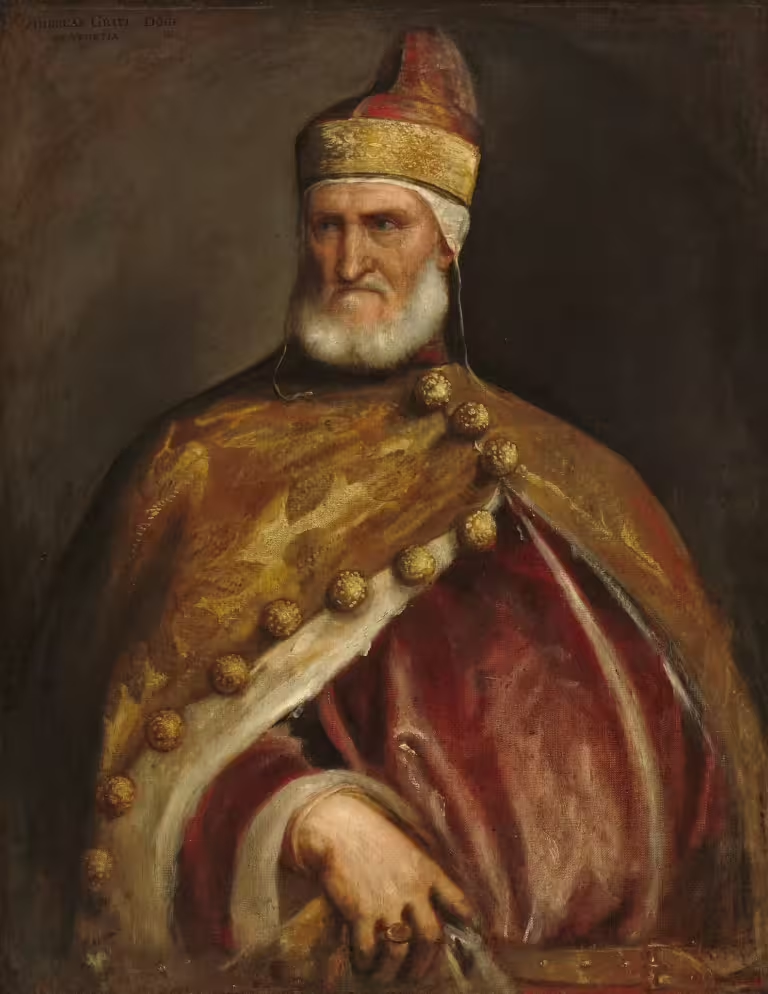
The age of the church the writing appears on all but rules out the first three doges named Andrea, so the writing must necessary refer to Andrea Gritti, doge from 1523 to 1538.
The third, unreadable line of the writing is therefore most likely the name GRITTI.
Andrea Gritti
Andrea Gritti was elected doge in 1523, at the age of 68.
Born in 1455 into some of the riches and most powerful Venetian families of the time, he had a distinguished career.
Besides taking care of the family business, he served the Serenissima as bailo (ambassador) to the Ottoman court in Constantinople in the late 1400s, and as a military commander during the war of the League of Cambrai.
He died in 1538.
Related articles
- The Doge
- Doges of Venice
- The Republic of Venice
- An ancient game board in Venice
- The mysterious hooks of fortune at San Canciano
- Runes in Venice

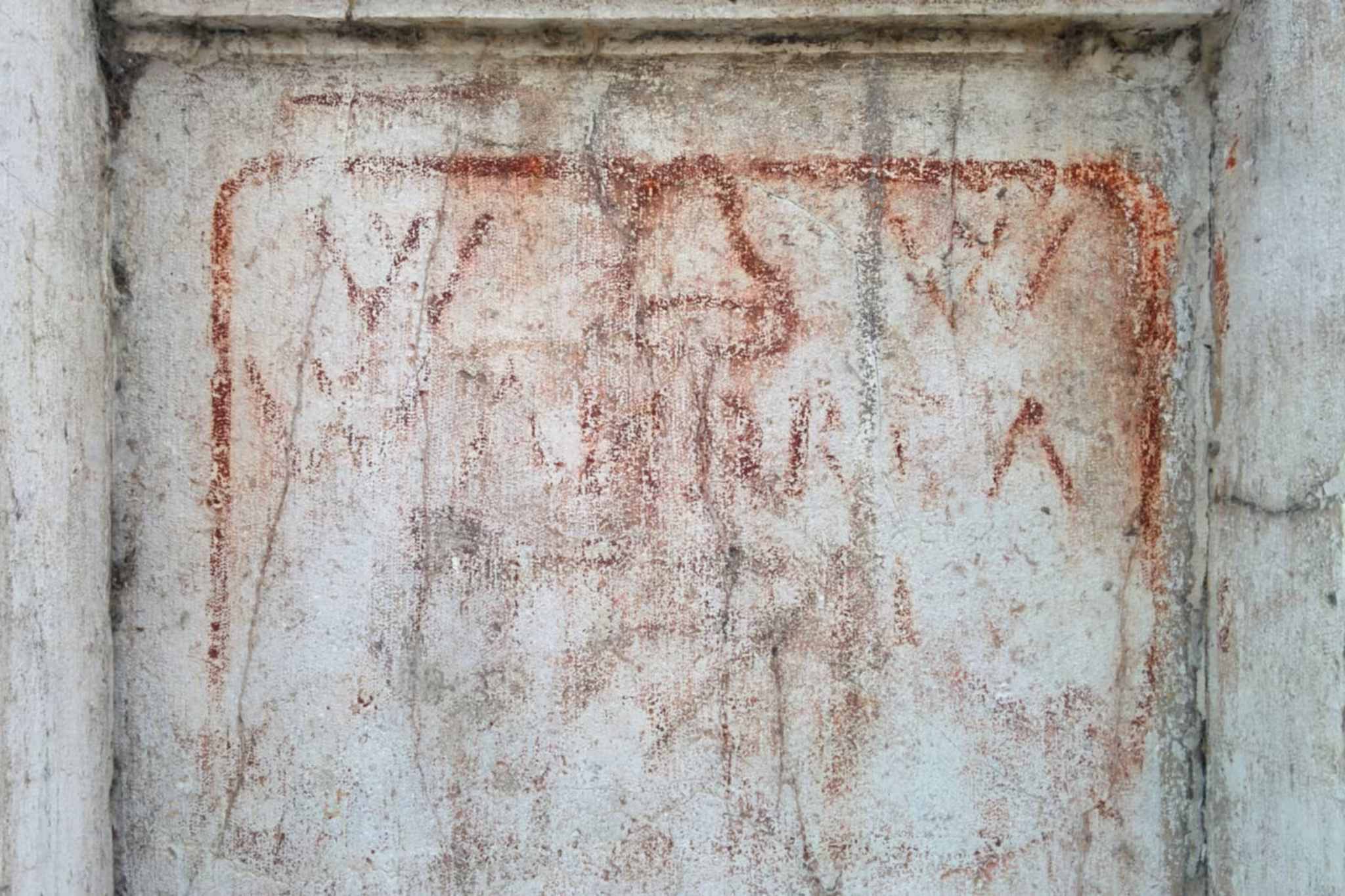
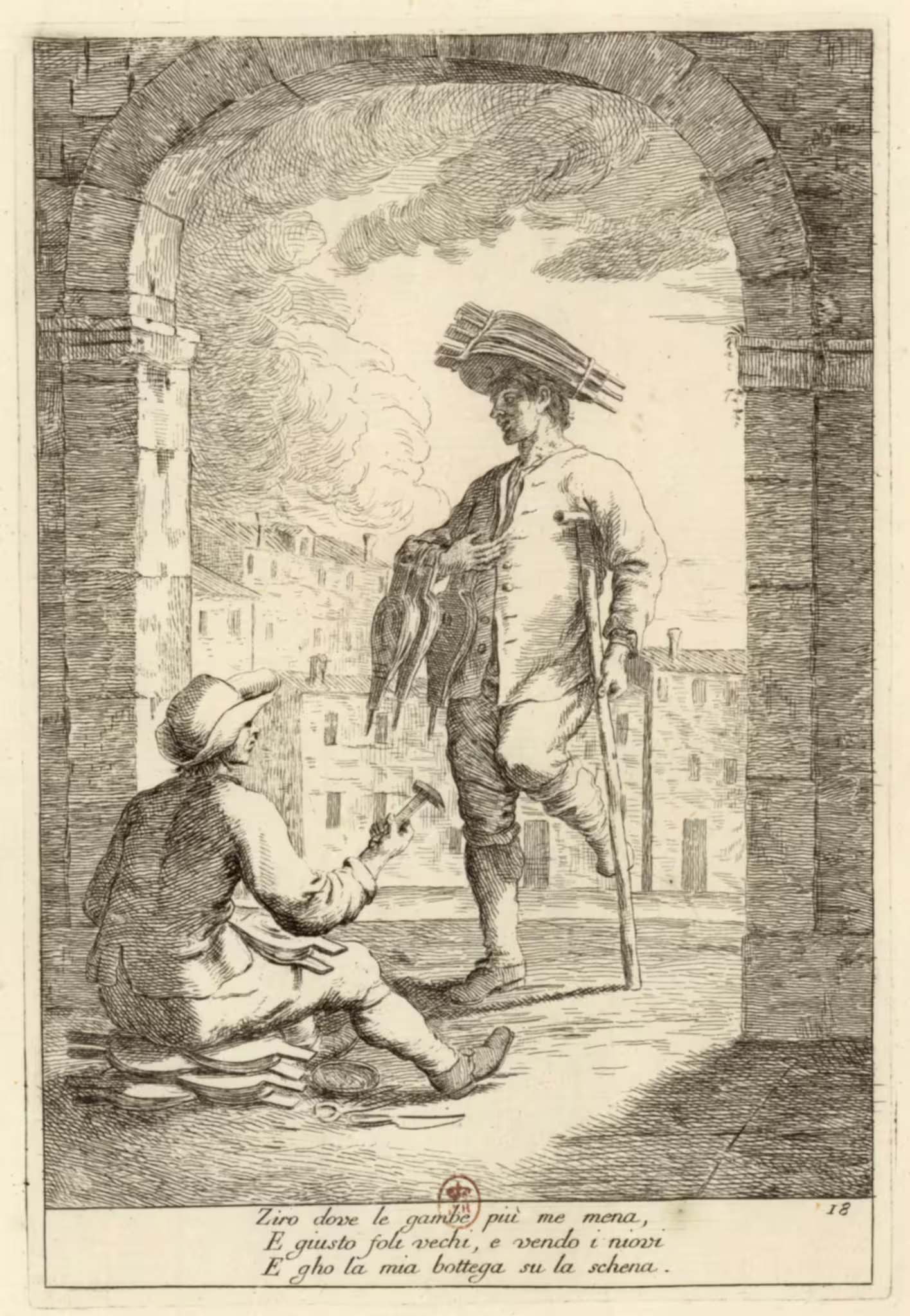
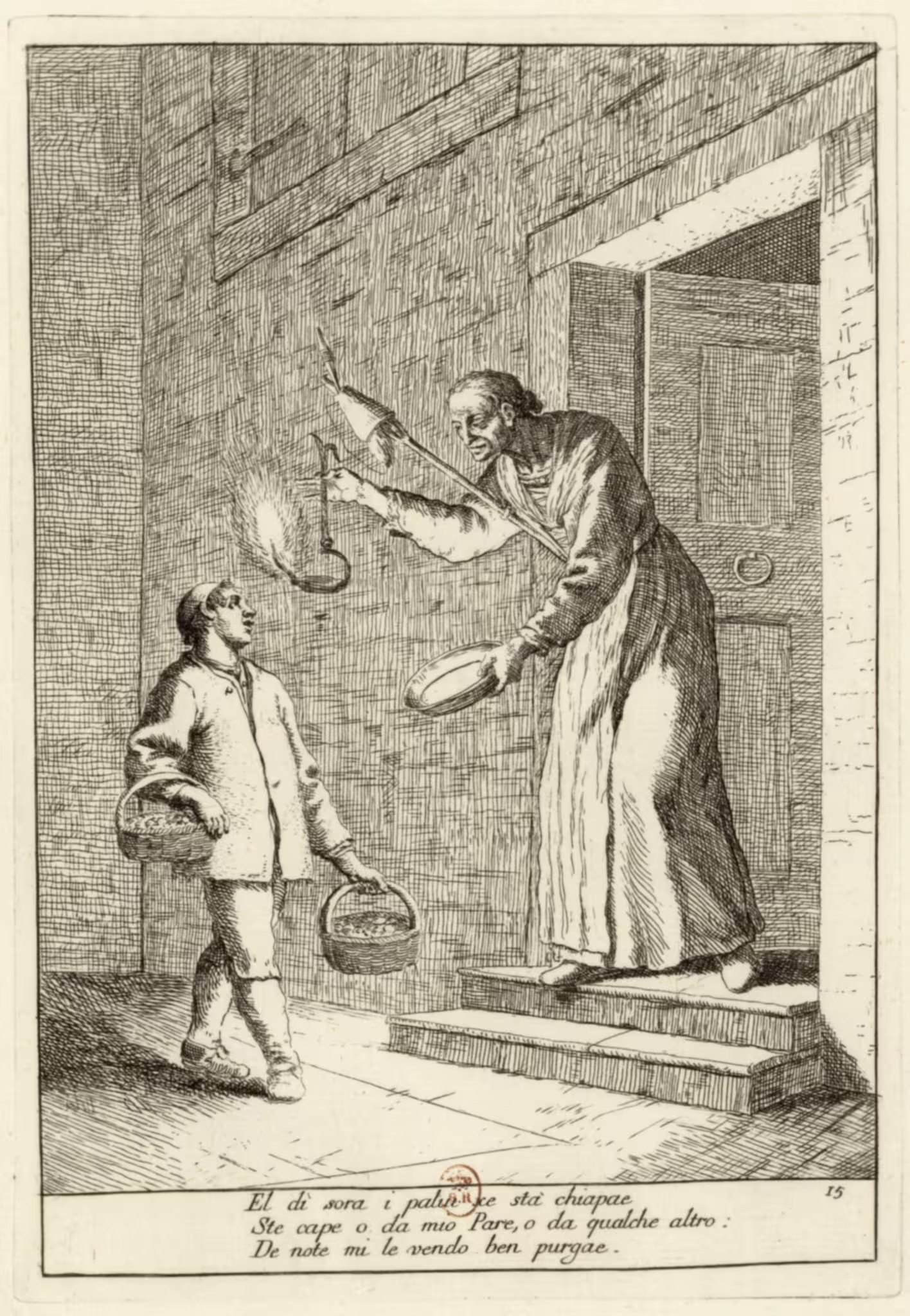
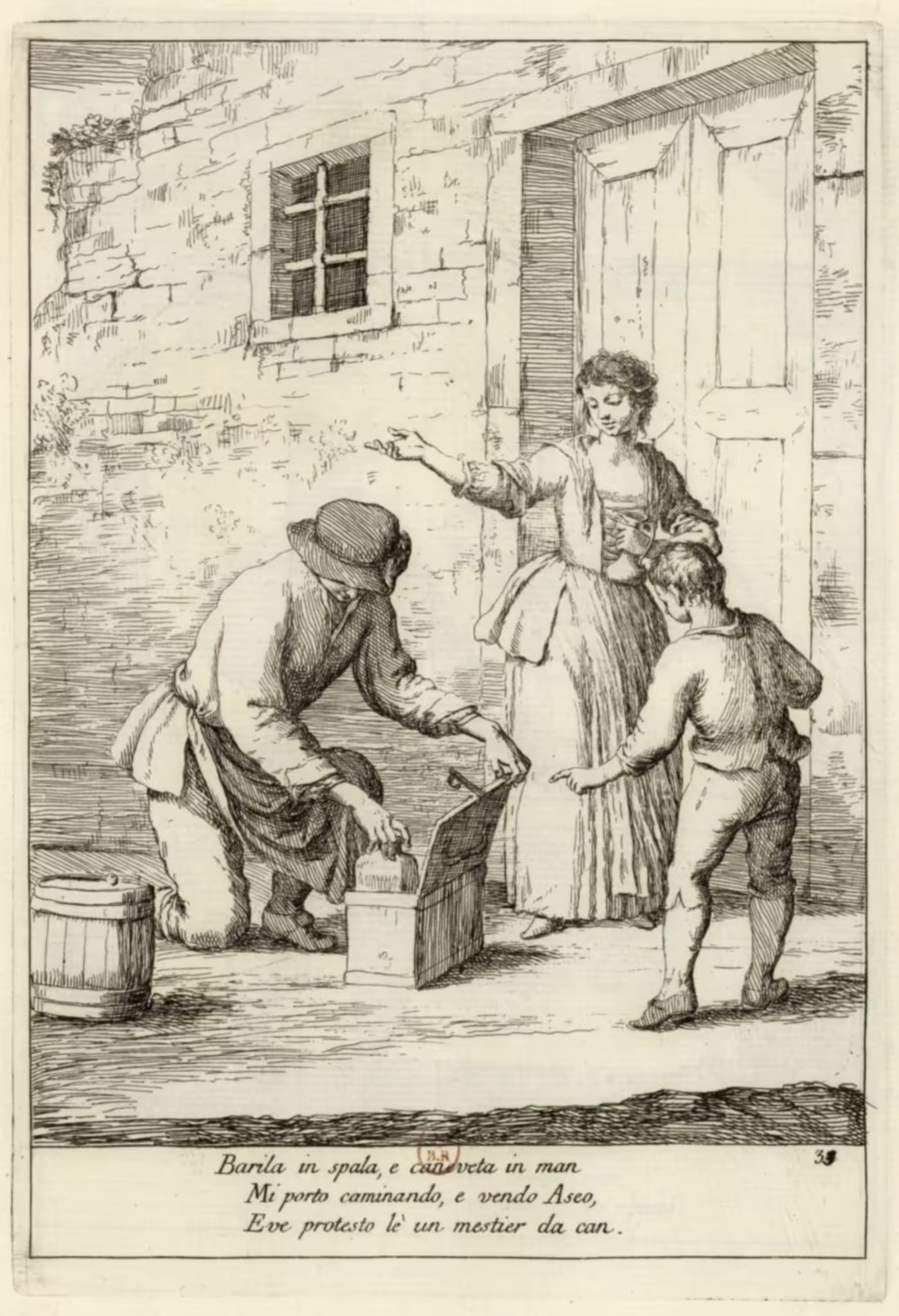
Leave a Reply